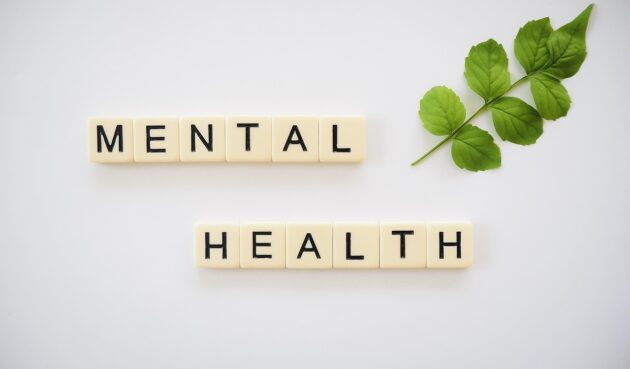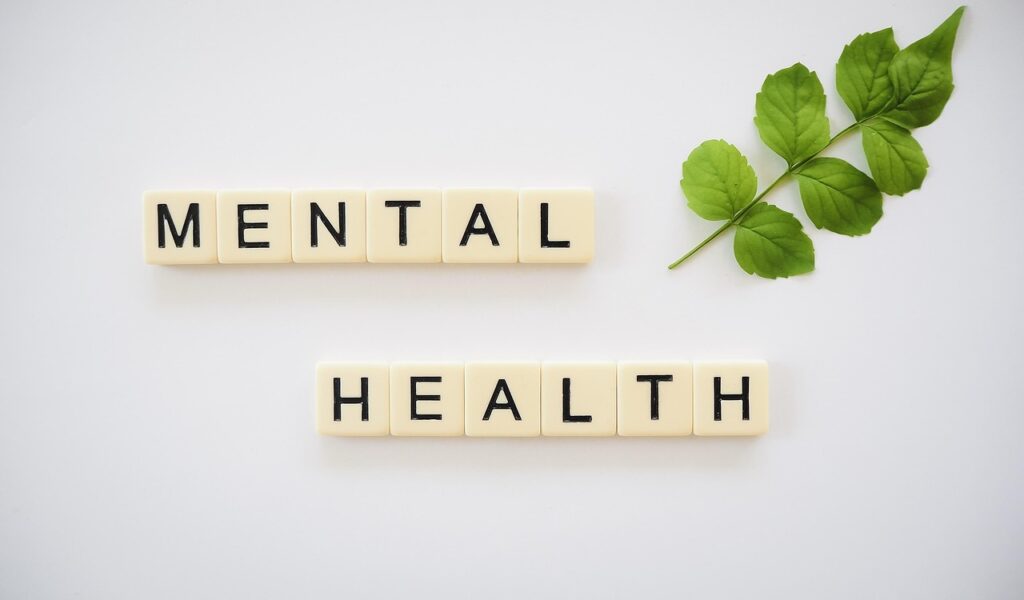Table of Contents
The Illusion of Equal Access to Healing
For all the talk about mental wellness—journaling apps, morning routines, inner child work—not everyone has the luxury of healing. While some are curating self-care playlists or booking meditation retreats, others are simply trying to survive places that actively work against their psychological well-being. Incarcerated youth, especially those confined to juvenile detention centers, often endure environments where trauma isn’t just ignored—it’s inflicted.
A growing number of legal actions have exposed just how deep that harm runs. These cases point to a widespread culture of neglect that leaves lasting damage. They aren’t rare exceptions. They reveal a system that retraumatizes the very kids it’s meant to support.
Wellness culture has taken off because it offers a sense of control—tools for self-understanding, emotional release, and clarity. But for those locked away in punitive institutions, that kind of work isn’t even an option. And that disconnect should concern anyone who values mental health.
The Hidden Mental Health Crisis in Juvenile Facilities
Out of sight doesn’t mean out of harm’s way. Inside juvenile detention centers, thousands of teens live in environments that wear down their emotional stability. Many show up already scarred by violence at home, neglect, or unstable communities. What they find inside often makes things worse: isolation, powerlessness, and in far too many cases, abuse.
Studies show that incarcerated youth are far more likely to suffer from complex trauma. According to the National Child Traumatic Stress Network, this kind of trauma can severely disrupt emotional regulation, trust, and identity development. When counseling is scarce—or treated like a luxury instead of a necessity—there’s almost no space for recovery.
Even kids who aren’t physically harmed live with constant stress. Privacy is rare. Vulnerability can make someone a target. Over time, the emotional armor they build can harden into shutdown, hypervigilance, or deep disconnection.
Unresolved trauma doesn’t always show up as visible distress—it can also manifest as substance use or emotional shutdown, patterns often linked to addiction and trauma among youth.
What’s happening inside these institutions isn’t just the result of understaffing or poor training. It’s structural failure—and it’s shaping a generation that’s been written off before they’ve had a real shot at healing.
Institutional Abuse: When the System Causes More Harm Than Help
Detention is supposed to offer structure and accountability. But in too many cases, it does the opposite. Institutional abuse—physical, emotional, and sexual—doesn’t only happen behind closed doors. It’s enabled by policies that prioritize control over care and silence over safety.
Reports from across the country detail teens being assaulted by staff, placed in prolonged isolation, or denied basic mental health support. These aren’t one-off scandals. They’re symptoms of a system built to contain, not care.
Legal action has become one of the few ways these stories come to light. Juvenile detention center sexual abuse lawsuits, including those tied to Adams County, don’t just seek financial compensation. They aim to expose the culture that allows this harm to continue. For survivors and families, it’s a fight not only for justice but for recognition.
The point isn’t to blame individual staff members. It’s to examine the conditions that make abuse possible—and allow it to persist unchecked. Until those conditions change, being detained will remain a serious threat to mental health in ways few are willing to confront.
Seeking Justice as a Path to Healing
Healing doesn’t follow a formula. But for young people who’ve been harmed in custody, being heard is a powerful place to start. The legal system, for all its flaws, often becomes the only way to force institutions to listen.
Lawsuits tied to abuse in juvenile facilities are more than paperwork. They open space for survivors to reclaim their experiences and challenge systems that silenced them. The process can be exhausting, but for many, it’s the first moment their pain is acknowledged on record.
Cases like those in Adams County aren’t just about local accountability. They represent a much larger reckoning with how society treats its most vulnerable. When these stories make it to court, they bring years of buried trauma to the surface—ignored pleas, denied help, and the quiet destruction that comes from being mistreated by people in power.
Justice can’t undo trauma. But it can create room for dignity, healing, and change.
What This Means for Wellness-Minded Readers
If you’ve ever turned to therapy during a rough patch or found clarity in solitude and self-reflection, you know what it means to pursue healing. But that pursuit isn’t accessible to everyone. For incarcerated youth—especially those dealing with abuse—mental health support isn’t a personal choice. It’s a missing lifeline.
Wellness shouldn’t stop where the bars begin. If we care about emotional health, we also have to care about the systems that deny it. That means staying informed, sharing stories that matter, and supporting efforts that bring visibility and accountability to these hidden crises.
Growth isn’t just personal—it’s collective. And the more we expand our understanding of what wellness means, the more human our world becomes.
Routines or rituals don’t measure real healing. It’s measured by who gets the chance to access it in the first place.

